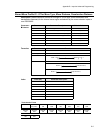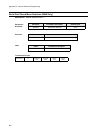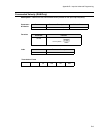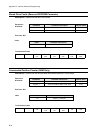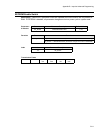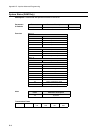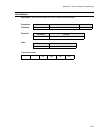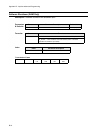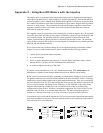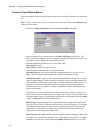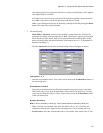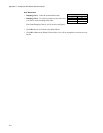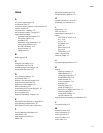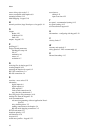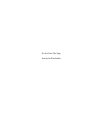
Appendix C - Using Non-IDC Motors with the Impulse
C-1
Appendix C - Using Non-IDC Motors with the Impulse
The Impulse drive is an advanced microstepper that employs special digital control techniques to
effect Open Loop Stall Detect™, Multi-Stepping™, Dynamic Smoothing™, Extreme Smoothing™,
and anti resonance control. Although these features can be applied to virtually any step motor, there
are a number of parameters which must be determined for a given motor design in order to get these
processes to work properly. These parameters include such elements as optimum current vector
amplitude, saturation current, rotor inertia, and various electrical model parameters which are
determined by proprietary means.
IDC-supplied motors have been analyzed and modeled for use with the Impulse drive. If you select
a non-IDC motor, there will likely be some degree of difficulty with Open Loop Stall Detect™, and
anti-resonance control. The optimum parameters cannot generally be determined in the field.
Contact your distributor for factory assistance in characterizing non-IDC motors. The remaining
option for those using non-IDC motors is to use the Impulse as a standard drive by disabling the stall
detection and anti resonance features.
ID’s S-Series motors have custom windings to provide optimum dynamic performance with the
Impulse. If you use another manufacturer’s motor, it should meet the following guidelines:
1. 2 phase, hybrid, permanent magnet step motor.
2. 4, 6, or 8 lead motor.
3. Series or parallel inductance rating between 2 - 80 mH. Higher inductance motors will not
damage the drive, but they will have limited dynamic performance.
4. A minimum high-pot test rating of 500 VDC.
If possible, use the manufacturer’s 160 VDC, bipolar current rating. With 4-lead motors, the
manufacturer’s (bipolar) current rating translates directly to the Impulse current setting.
Bifilar wound, 8-lead motors afford the opportunity to connect phase windings in series or parallel.
The parallel connection uses twice the current required by the series connection. There is no industry
standard color code for stepper phase leads (consult motor manufacturer). There are several pitfalls
that users should be aware of: (1) Do not configure the drive to supply the parallel current level into
a series-wired motor (this will damage motor windings). (2) The small dots in the motor wiring
diagrams indicate phasing. Windings must be connected in series-aiding or parallel-aiding
configurations as shown below. If a phase is connected in opposition, the circuit will have no net
inductance and will cause an overcurrent fault in the drive. The same relationship applies to
resistance. (3) Mixing connections (e.g. A to B) will cause an overcurrent fault in the drive.
6-lead motors may be used with the Impulse drive by leaving center-taps unconnected and using the
two outside conductors of each phase. Do not connect the center-tap of a 6-lead motor to the Impulse.
This will result in an overcurrent fault.
Motor
Wiring



